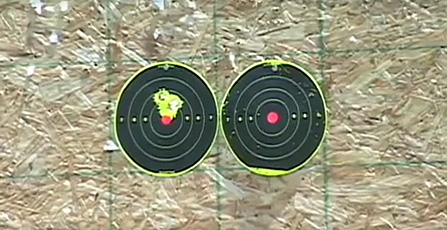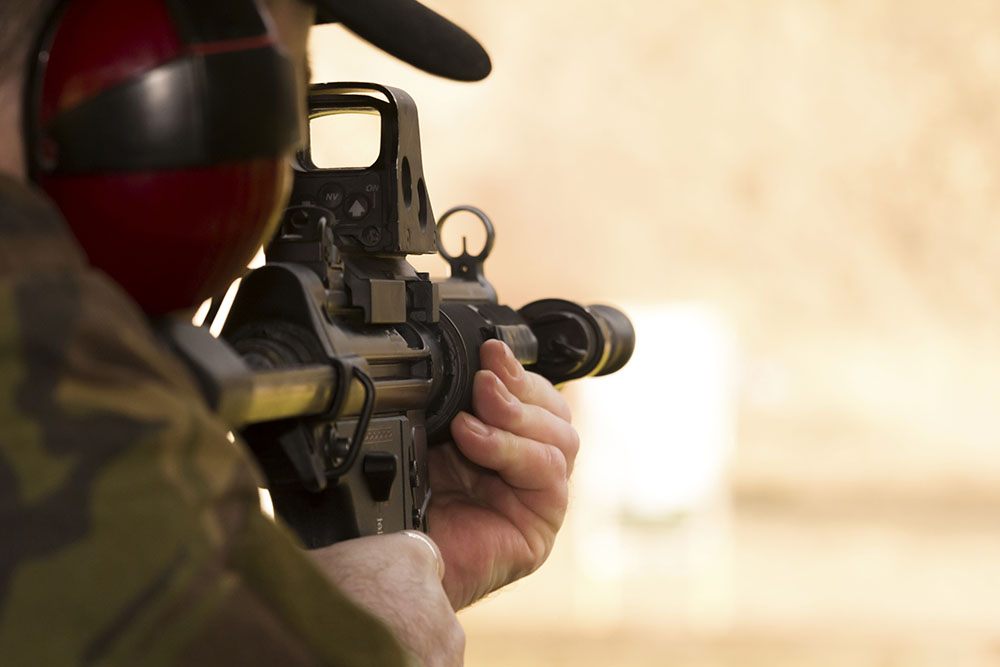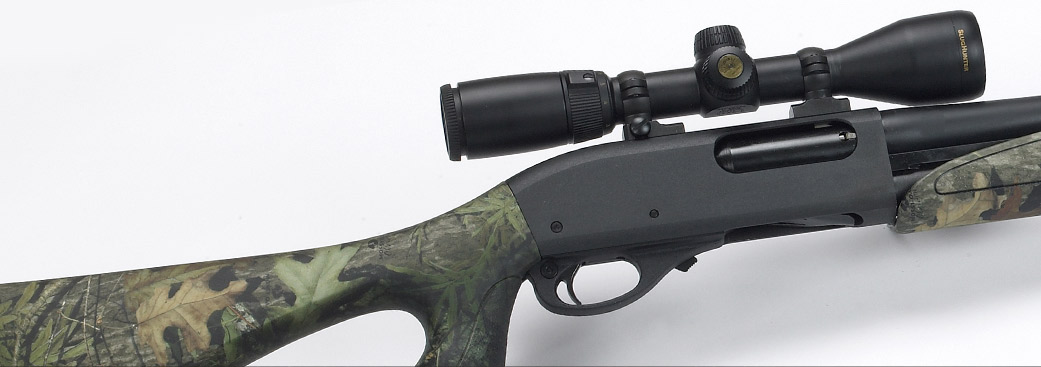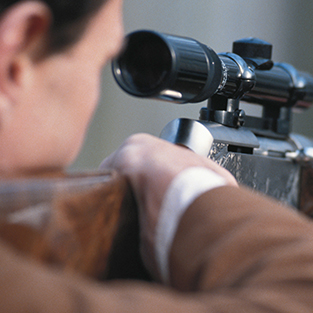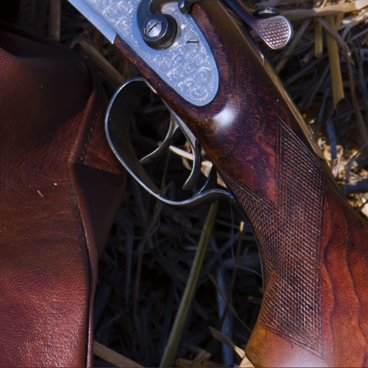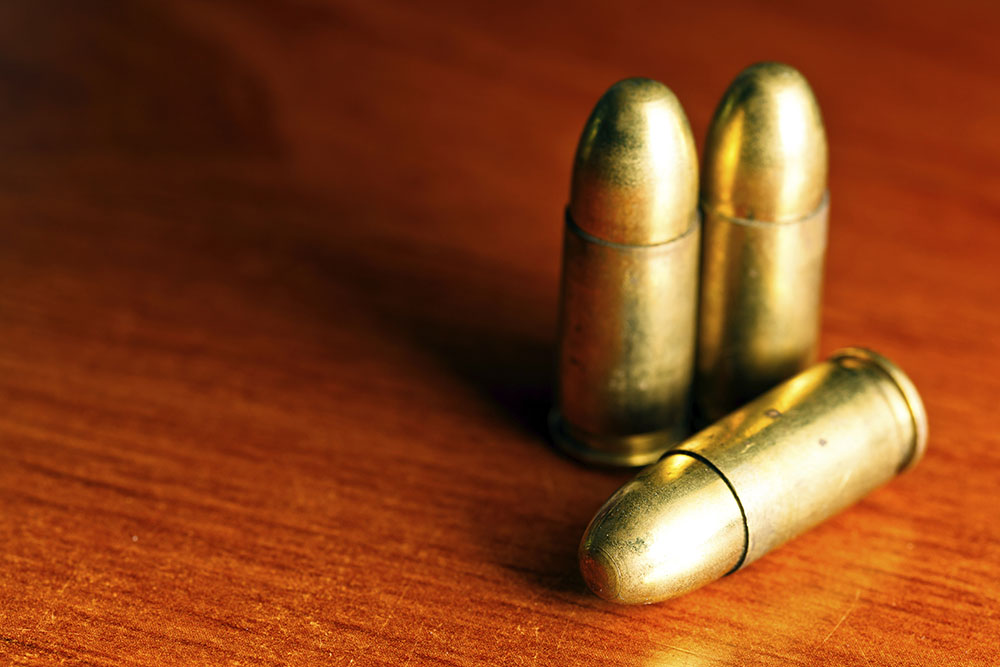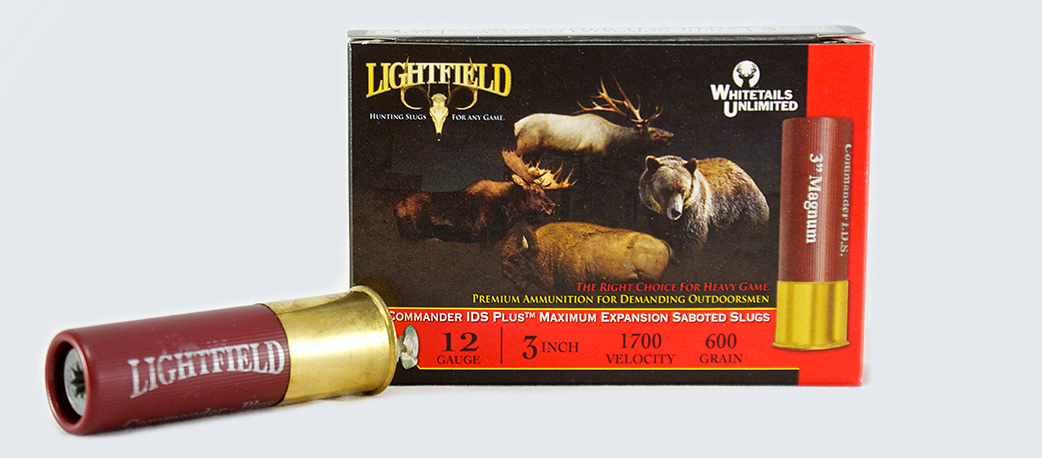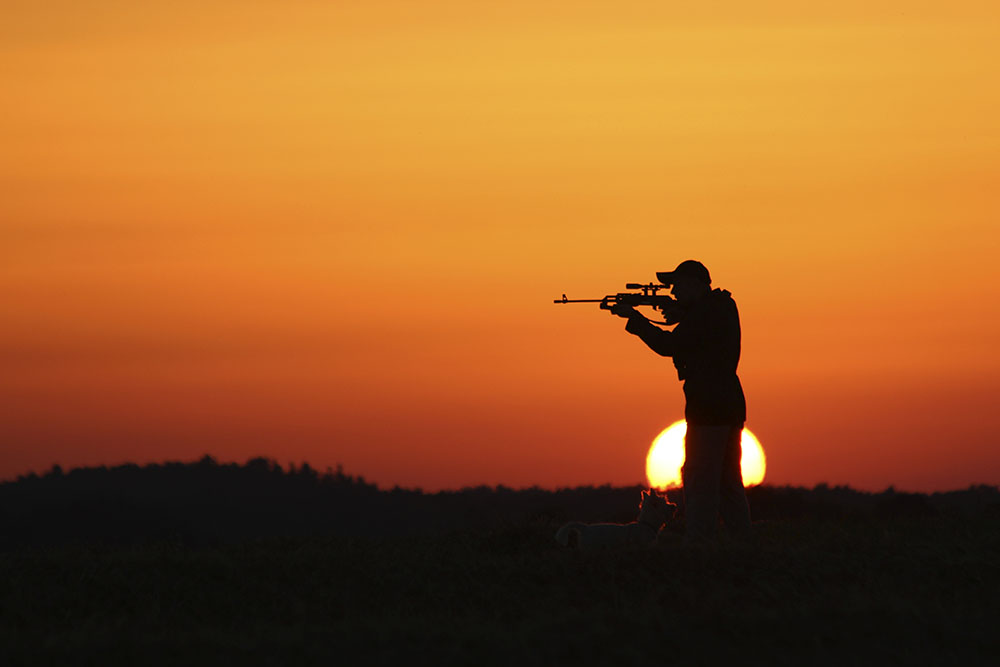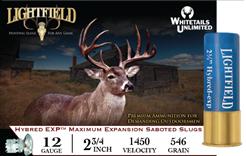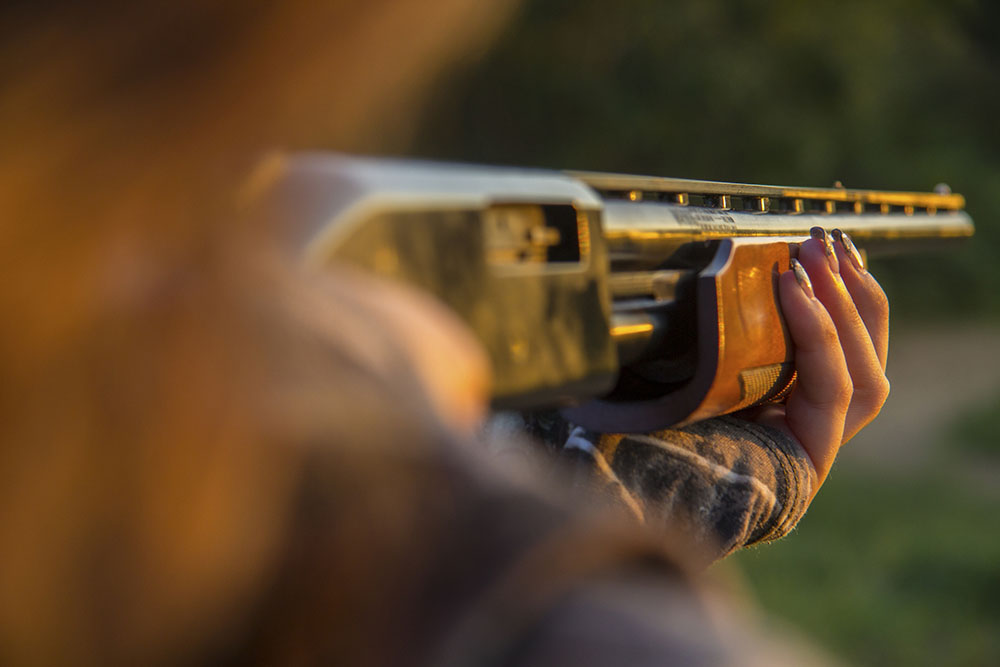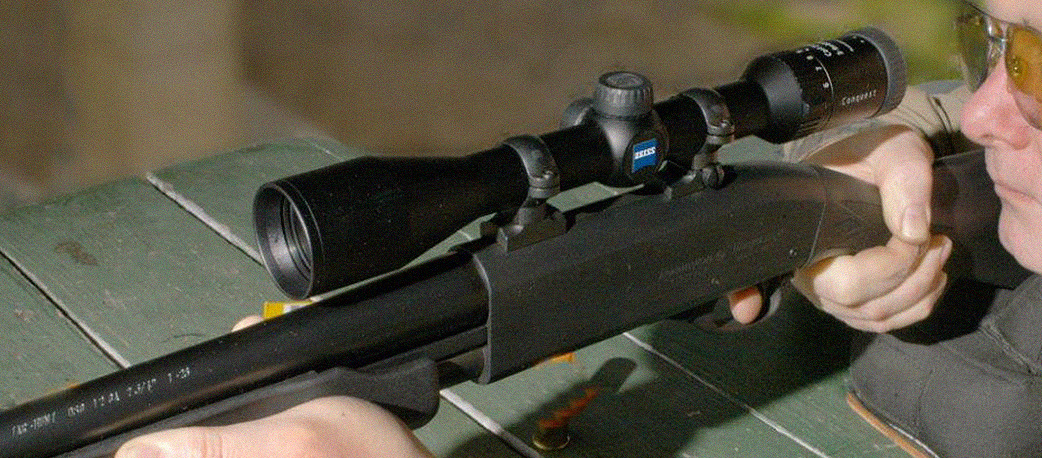There are a lot of similarities between shooting rifles off the bench and shooting slug guns, however knowing and practicing the differences can equate to putting more meat in your freezer.
When you first arrive at the range be sure to create your shooting setup on a sturdy, fixed base such as a heavy table or bench. Position a solid rest under both the forend and butt portions of your gun’s stock. It is not sufficient to rest only the forend of your gun’s stock or to rest on a non-solid item such as a folded coat. Do not attempt to zero your gun from a non-fixed base like the hood of a truck.
Adjust the position of your gun as it sits in the forend and butt rests so that without having to touch the firearm the sight picture is dead on your target. Slide your body into shooting position without disturbing this sight picture. Begin applying shoulder pressure to the butt of the gun and offset any forward gun movement by pulling straight back with your right hand in trigger squeezing position. With your left hand on the forend of the gun’s stock, pull firmly straight back and down at a 45-degree angle. Hold this pressure on the gun as you concentrate on keeping the cross hairs fixed dead on your target. Squeeze the trigger gently straight back until the gun fires. It is common for a shooter to anticipate the gun blast as well as the recoil, but both should come as a complete surprise when a perfect shot is made.
Consistently integrating the above procedure into your shooting sessions will eventually produce shot groupings you will be proud of. Keep in mind that 60% of your overall group size can be directly attributed to inconsistent left hand pressure. Wind is also a significant negative factor when attempting to shoot small groups. Learn to read the wind!
“Problems with Recoil Reducing and Mechanical Rests”
Over the years, there have been hundreds of questions asking about the use of mechanical recoil limiting rests to zero slug guns such as:
“Would it be a wise move to build or use a locking type/heavy rest that would take all human error out of the process of sighting in a slug gun, except knowing when to pull the trigger because of the wind?”
The problem is when you use this type of rest, you artificially make the gun much heavier, more solid, than it is when used in the field.. You will end up sighting the gun in at a heavier artificial weight with a certain amount of muzzle jump. Then when you shoot the gun at game in the field at its normal weight, it WILL SHOOT to a different point of aim because you can no longer limit the muzzle jump to the same position, at the moment the slug leaves the barrel, while hunting, as it did at the range when you were sighting in using a locking/heavy type rest.
This is the same issue with any gun that has significant recoil and muzzle velocities under a 1900-2000fps range. Muzzle loaders/Slug Guns are all in the same boat. The time the bullet spends moving through the barrel (dwell time) during the recoil cycle is the same amount of time that the gun is being pulled off of the target, by recoil, until the bullet exits the barrel.
There is a huge difference in barrel dwell time between 1650-1900fps slug guns and rifles with muzzle velocities above 3000fps, such as varmint/magnum rifles. At above 3000fps guns move about .030ths of an inch and the bullet has already exited the muzzle and the dwell time has only a minor effect on the sighting in process. Physical recoil and noise are the main reasons for developing a flinch with those weapons.
This doesn’t even take into consideration the torque that is applied to the slug gun by a heavy slug being forced to spinning upwards of 50,000rpm’s instantly as it enters the barrel and all the time the slug is moving toward the muzzle when, using these types of rests..
Putting something on your shoulder, between you and the gun, is the best you can do to help tame the recoil of a slug gun. The muzzle must be left to jump according to how hard you hold your gun at both ends. Artificially adding weight to the gun by using a weighted rest or similar fixed gun rest may only create a missed deer in the field. You must hold the slug gun in such a manner, while sighting it in, that you can duplicate it in the field while shooting at game!! That includes the amount of muzzle jump you are allowing during the sight-in and gives “Overall Consistency in how you hold/grit the weapon round to round!!”
Bottom line, there is no magic fix. You will need to sit down and take somewhat of a thumping while sighting in a slug gun! I know there is a lot of recoil reducing advertisement out there and most of it works OK with rifles. They do reduce recoil with ML/Slug guns but it can have an adverse effect on your true zero! “Let’s not miss the Buck of a Life Time!”
